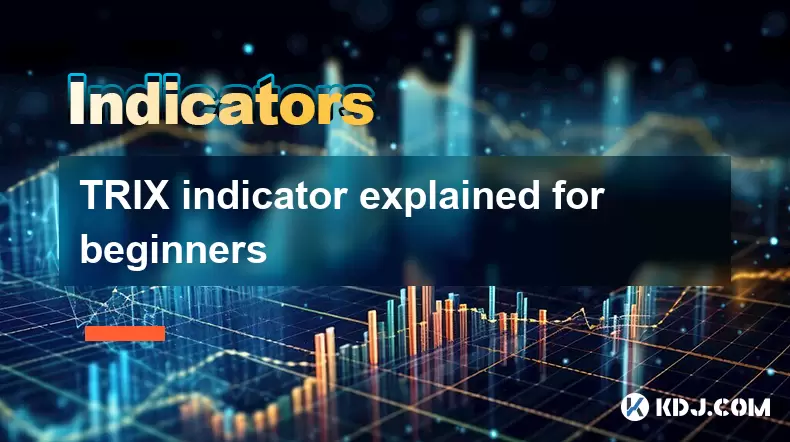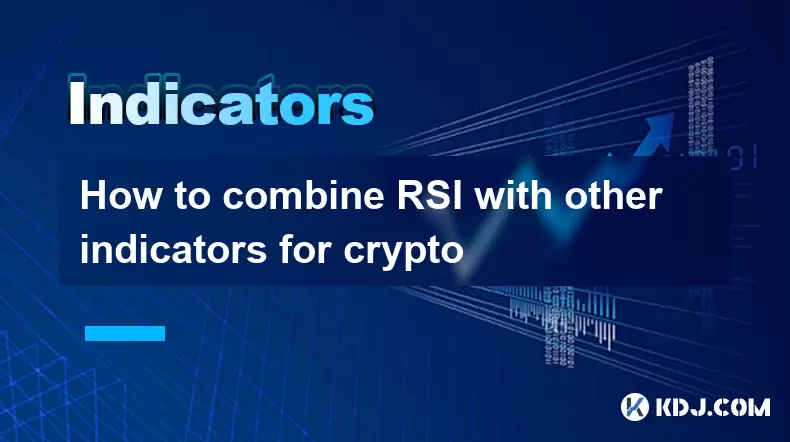-
 Bitcoin
Bitcoin $117,991.5647
-0.03% -
 Ethereum
Ethereum $2,966.4808
0.18% -
 XRP
XRP $2.8076
0.64% -
 Tether USDt
Tether USDt $1.0003
0.00% -
 BNB
BNB $689.9050
-0.63% -
 Solana
Solana $162.0407
-0.80% -
 USDC
USDC $0.9999
0.00% -
 Dogecoin
Dogecoin $0.1995
-1.51% -
 TRON
TRON $0.3001
-1.21% -
 Cardano
Cardano $0.7426
3.25% -
 Hyperliquid
Hyperliquid $47.7978
2.84% -
 Stellar
Stellar $0.4411
16.52% -
 Sui
Sui $3.4267
0.15% -
 Chainlink
Chainlink $15.3148
0.07% -
 Bitcoin Cash
Bitcoin Cash $506.5880
-1.91% -
 Hedera
Hedera $0.2222
12.41% -
 Avalanche
Avalanche $21.2049
1.67% -
 UNUS SED LEO
UNUS SED LEO $9.0606
-0.19% -
 Shiba Inu
Shiba Inu $0.0...01325
-0.86% -
 Toncoin
Toncoin $2.9979
0.32% -
 Litecoin
Litecoin $94.3717
1.13% -
 Polkadot
Polkadot $3.9873
-0.29% -
 Monero
Monero $336.1497
0.92% -
 Dai
Dai $0.9999
-0.01% -
 Uniswap
Uniswap $8.5189
-0.60% -
 Ethena USDe
Ethena USDe $1.0005
-0.04% -
 Pepe
Pepe $0.0...01236
-0.92% -
 Bitget Token
Bitget Token $4.4002
-0.23% -
 Aave
Aave $303.5433
1.05% -
 Bittensor
Bittensor $391.1314
-0.35%
TRIX indicator explained for beginners
The TRIX indicator, a momentum oscillator, helps cryptocurrency traders identify trend reversals and filter out market noise through triple exponential smoothing.
Jul 13, 2025 at 12:07 pm

What is the TRIX Indicator?
The TRIX indicator, short for Triple Exponential Average, is a momentum oscillator used in technical analysis to identify oversold and overbought conditions, as well as potential trend reversals. It was developed by Jack Hutson in the 1980s and has since become a popular tool among traders, especially those dealing with cryptocurrency markets. Unlike simple moving averages, the TRIX filters out market noise by applying triple exponential smoothing to price data.
In cryptocurrency trading, where volatility is high and trends can change rapidly, the TRIX helps traders make informed decisions by providing signals that are less prone to false alarms compared to other oscillators. The indicator typically appears below the price chart and fluctuates around a zero line.
How Does the TRIX Indicator Work?
The calculation of the TRIX indicator involves several steps:
- First, a 1-period exponential moving average (EMA) is applied three times to the closing prices.
- Then, the percentage difference between today's and yesterday's triple-smoothed EMA is calculated.
- This value is plotted as the TRIX line on the chart.
A signal line, which is usually a 9-period EMA of the TRIX line, is also included to generate buy and sell signals when it crosses above or below the TRIX line.
Because the TRIX removes the linear trend from the data, it focuses more on the rate of change rather than absolute price levels. In crypto markets, this allows traders to better understand momentum shifts without being misled by sudden price spikes or dips.
Interpreting TRIX Line Movements
When analyzing the TRIX indicator, traders pay close attention to its position relative to the zero line and how it moves over time.
- A TRIX line crossing above the zero line indicates increasing positive momentum, suggesting a potential uptrend.
- Conversely, a TRIX line falling below the zero line signals weakening momentum and possibly the start of a downtrend.
Divergences between the TRIX and price action can also be powerful signals. For instance, if the price of a cryptocurrency is making higher highs but the TRIX is making lower highs, it may indicate an upcoming reversal.
It’s important to note that while these signals can be reliable, they should not be used in isolation. Combining TRIX with other indicators like RSI or MACD can help confirm trade setups and reduce false positives.
Using TRIX Signal Line Crossovers
One of the most common ways to use the TRIX indicator is through signal line crossovers.
- When the TRIX line crosses above the signal line, it generates a buy signal.
- When the TRIX line crosses below the signal line, it suggests a sell signal.
These crossovers tend to work best in trending markets. However, in highly volatile cryptocurrency environments, there is a risk of getting whipsawed by multiple false signals during sideways movement.
Traders often customize the signal line period to suit their trading style. Short-term traders might prefer a faster signal line (e.g., 5 periods), while long-term investors might stick with the standard 9-period setting.
To improve accuracy, it’s advisable to combine crossover signals with volume indicators or support/resistance levels to filter out weaker trades.
Customizing TRIX Settings for Crypto Trading
While the default settings for TRIX are typically set at 14 or 15 periods with a 9-period signal line, these values can be adjusted based on the trader’s strategy and the specific characteristics of the cryptocurrency being traded.
- Shorter periods (like 7 or 10) will make the TRIX more sensitive to price changes, suitable for scalping or intraday trading.
- Longer periods (such as 20 or 30) smooth out the data further, making it better suited for swing or positional trading.
Some platforms allow users to apply different types of moving averages instead of EMA, although this is less common. Traders experimenting with TRIX should backtest their configurations against historical data before deploying them in live markets.
Given the erratic nature of crypto assets, finding the optimal settings often requires trial and error combined with solid risk management practices.
Frequently Asked Questions (FAQ)
Q: Can the TRIX indicator be used for all cryptocurrencies?
Yes, the TRIX indicator can be applied to any cryptocurrency asset. Its effectiveness may vary depending on the volatility and liquidity of the specific coin or token. Highly liquid coins like Bitcoin and Ethereum tend to produce clearer TRIX signals.
Q: Is TRIX better than MACD for crypto trading?
Neither is universally superior. The TRIX indicator is more focused on filtering out market noise, while the MACD provides broader trend and momentum insights. Many traders use both together for confirmation.
Q: How do I add the TRIX indicator on popular crypto platforms?
Most major platforms like Binance, TradingView, and Coinbase allow you to add the TRIX indicator via the "Indicators" menu. Simply search for “TRIX” and adjust the settings according to your preference.
Q: Can TRIX be used for automated trading strategies?
Yes, the TRIX indicator is programmable and can be integrated into algorithmic trading systems. Its clear crossover signals and divergence detection make it suitable for bots and scripts designed to execute trades automatically based on predefined rules.
Disclaimer:info@kdj.com
The information provided is not trading advice. kdj.com does not assume any responsibility for any investments made based on the information provided in this article. Cryptocurrencies are highly volatile and it is highly recommended that you invest with caution after thorough research!
If you believe that the content used on this website infringes your copyright, please contact us immediately (info@kdj.com) and we will delete it promptly.
- Snorter Trading Bot: The Meme Coin Presale That's More Than Just Hype
- 2025-07-13 18:30:16
- Unlocking Blockchain Insights: A Deep Dive with Bitquery API for Data Query
- 2025-07-13 18:30:16
- HYPE Token & Hyperliquid: Riding the DeFi Wave with Open Interest
- 2025-07-13 16:30:16
- Unilabs Finance Takes Center Stage: Leaving Pepecoin and Floki Inu in the Dust?
- 2025-07-13 16:30:16
- Crypto Investors Ditching Meme Coins for BlockchainFX: The Smart Money Move?
- 2025-07-13 17:05:16
- Bitcoin, Indian Investors, and Tax Filing: Navigating the Crypto Boom
- 2025-07-13 17:05:16
Related knowledge

Advanced RSI strategies for crypto
Jul 13,2025 at 11:01am
Understanding the Basics of RSI in Cryptocurrency TradingThe Relative Strength Index (RSI) is a momentum oscillator used to measure the speed and chan...

Crypto RSI for day trading
Jul 12,2025 at 11:14am
Understanding RSI in the Context of Cryptocurrency TradingThe Relative Strength Index (RSI) is a momentum oscillator used to measure the speed and cha...

Crypto RSI for scalping
Jul 12,2025 at 11:00pm
Understanding RSI in the Context of Crypto TradingThe Relative Strength Index (RSI) is a momentum oscillator widely used by traders to measure the spe...

What does an RSI of 70 mean in crypto
Jul 13,2025 at 06:07pm
Understanding the RSI Indicator in Cryptocurrency TradingThe Relative Strength Index (RSI) is a widely used technical analysis tool that helps traders...

How to avoid RSI false signals in crypto
Jul 13,2025 at 06:21pm
Understanding RSI and Its Role in Crypto TradingThe Relative Strength Index (RSI) is a momentum oscillator used to measure the speed and change of pri...

How to combine RSI with other indicators for crypto
Jul 12,2025 at 08:35am
Understanding the Role of RSI in Crypto TradingThe Relative Strength Index (RSI) is a momentum oscillator that measures the speed and change of price ...

Advanced RSI strategies for crypto
Jul 13,2025 at 11:01am
Understanding the Basics of RSI in Cryptocurrency TradingThe Relative Strength Index (RSI) is a momentum oscillator used to measure the speed and chan...

Crypto RSI for day trading
Jul 12,2025 at 11:14am
Understanding RSI in the Context of Cryptocurrency TradingThe Relative Strength Index (RSI) is a momentum oscillator used to measure the speed and cha...

Crypto RSI for scalping
Jul 12,2025 at 11:00pm
Understanding RSI in the Context of Crypto TradingThe Relative Strength Index (RSI) is a momentum oscillator widely used by traders to measure the spe...

What does an RSI of 70 mean in crypto
Jul 13,2025 at 06:07pm
Understanding the RSI Indicator in Cryptocurrency TradingThe Relative Strength Index (RSI) is a widely used technical analysis tool that helps traders...

How to avoid RSI false signals in crypto
Jul 13,2025 at 06:21pm
Understanding RSI and Its Role in Crypto TradingThe Relative Strength Index (RSI) is a momentum oscillator used to measure the speed and change of pri...

How to combine RSI with other indicators for crypto
Jul 12,2025 at 08:35am
Understanding the Role of RSI in Crypto TradingThe Relative Strength Index (RSI) is a momentum oscillator that measures the speed and change of price ...
See all articles

























































































